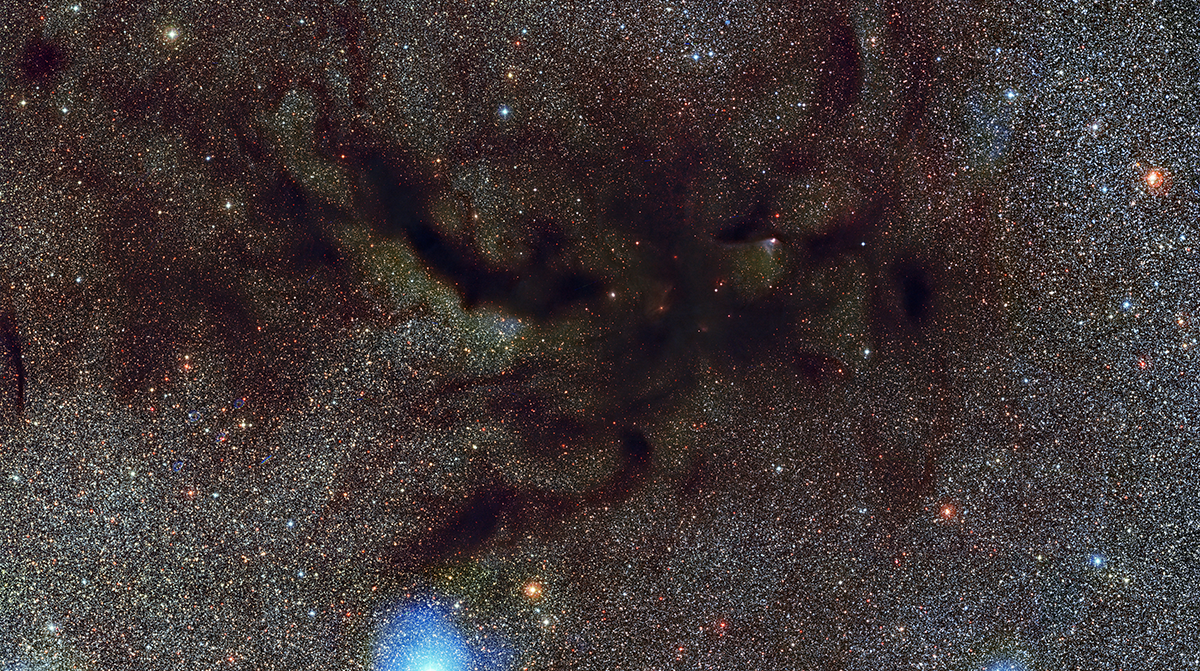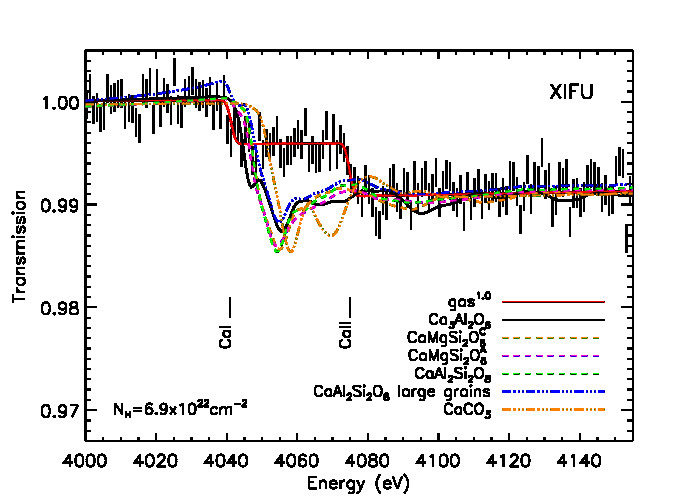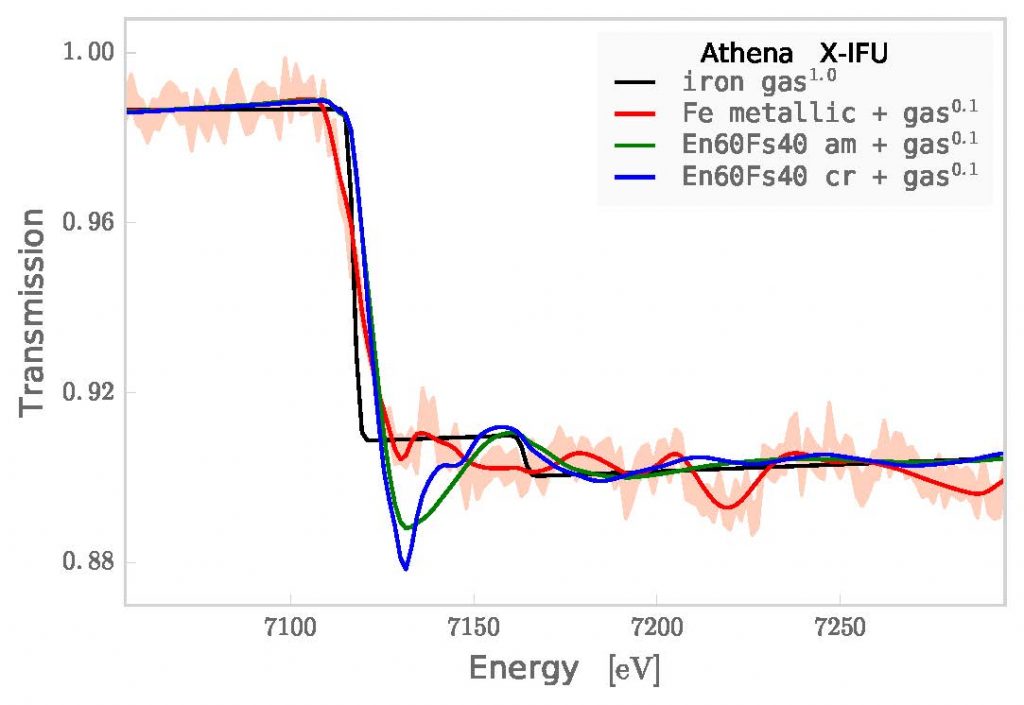
Date.
Image credit: © ESO
The astronomer Carl Sagan once said: “We are made of stardust”. This is, to a large extent, true. The building blocks of our planet and all the living creatures are made of elements, as for example carbon, oxygen and iron, that are forged during the star cycle. The last phases of a star’s life are especially important in the formation of fresh elements that eventually will form planets. Indeed, winds from giant stars and supernova explosions give back to the surrounding a large amount of gas that may condense into dust particles.
In the last century, the knowledge of dust composition and formation mechanisms have been laid out by extensive observations across the electromagnetic spectrum, from radio to the far-ultraviolet.
X-rays have proven to be a powerful tool to investigate the interstellar medium, and to be in many ways complementary to longer wavelength studies. X-ray imaging and spectroscopy are indeed revealing the chemical and physical properties of gas and dust. The gratings on board XMM-Newton and Chandra helped study the features imprinted by dust in an X-ray spectrum in the energy range 0.5-2 keV. This energy range covers important photoelectric edges from oxygen, iron, magnesium, and silicon: some of the most abundant constituents of dust. This allowed to study the diffuse sightlines, characterized by relatively low column densities. However, the denser environments, highlighted by photoelectric edges from sulfur, calcium, and iron, located at energies above 2 keV, could not be investigated, due to a limited resolution of the current instruments.
Calorimeters, like Resolve and the X-IFU, on board of XRISM and Athena, respectively, will allow for the first time to study the high-column density regions of our Galaxy, including molecular clouds, which are considered the cradle of stars and planets (Rogantini et al. 2018, Costantini et al. 2019).
By Elisa Costantini
X-IFU Science Co-Investigator
Fig.1: Simulation on how the dust would impact the Athena/X-IFU spectrum around the calcium photoelectric edge. Calcium is believed to reside at the core of silicate dust grains (Costantini et al. 2019)
Fig.2: Athena/X-IFU of different chemical dust compositions for the iron K edge. One of the possibilities of iron inclusion into grains is in the form of metallic iron (Rogantini et al. 2018)




 Youtube
Youtube